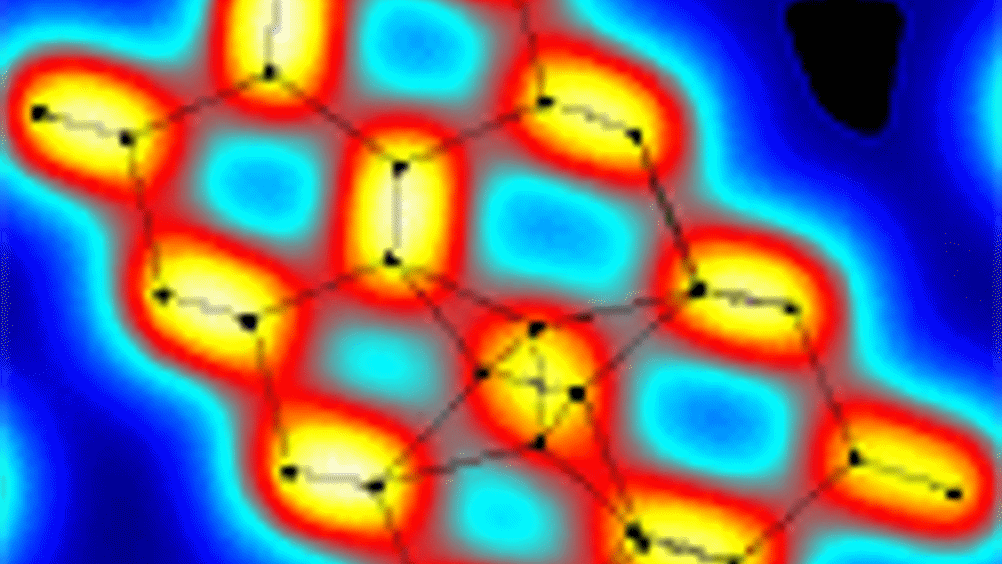Transparent electronics

Researchers in Germany have developed advanced physics models to help find transparent materials that could be used as solar cells.
The team from Fraunhofer Institute for Mechanics of Materials (IWM) is looking for transparent base materials that could be doped with atoms to attain conducting coatings.
The transparent base would need one coating to conduct the electricity via electrons – the n-conductors – and one in which electron holes enable the electricity to flow – the p-conductors.
While n-conducting transparent materials are not hard to find, p-conducting materials are problematic. Their conductivity is too low and often their transparency is poor. So manufacturers have found it difficult to find a transparent base material that is amenable to both n and p doping.
Wolfgang Körner, research scientist at the IWM, said: ‘If transparent p-conductors with adequate conductivity could be produced, it would be possible to realise completely transparent electronics.'
Register now to continue reading
Thanks for visiting The Engineer. You’ve now reached your monthly limit of news stories. Register for free to unlock unlimited access to all of our news coverage, as well as premium content including opinion, in-depth features and special reports.
Benefits of registering
-
In-depth insights and coverage of key emerging trends
-
Unrestricted access to special reports throughout the year
-
Daily technology news delivered straight to your inbox










Water Sector Talent Exodus Could Cripple The Sector
Maybe if things are essential for the running of a country and we want to pay a fair price we should be running these utilities on a not for profit...